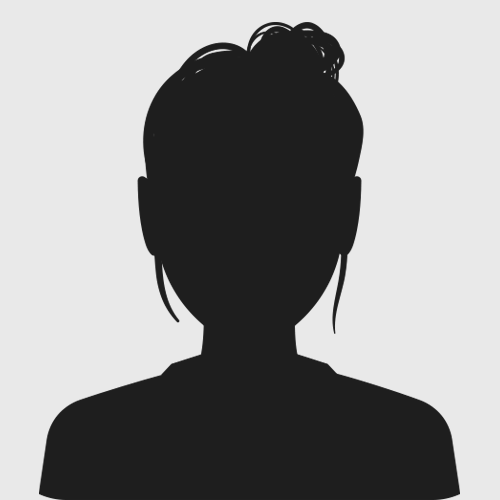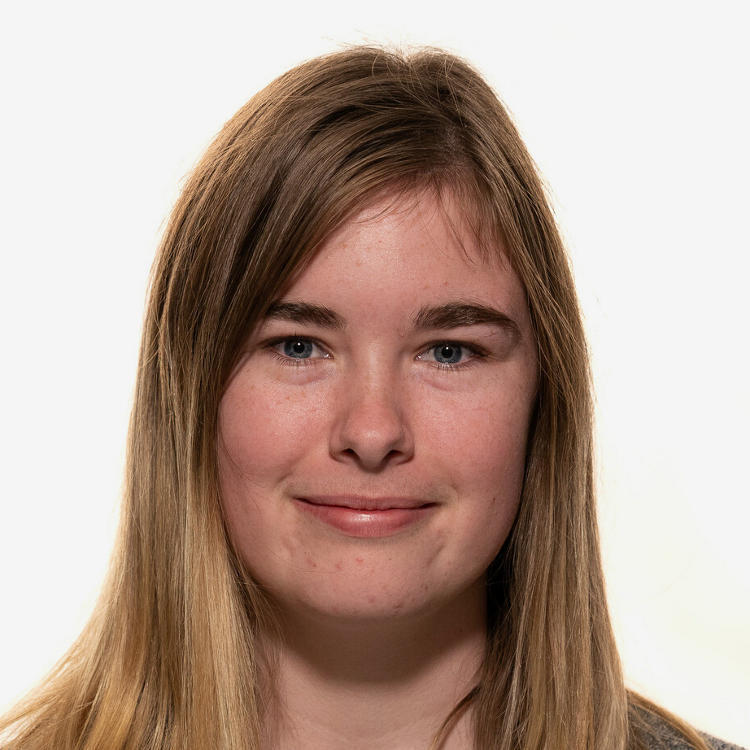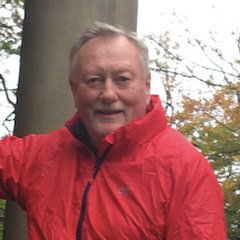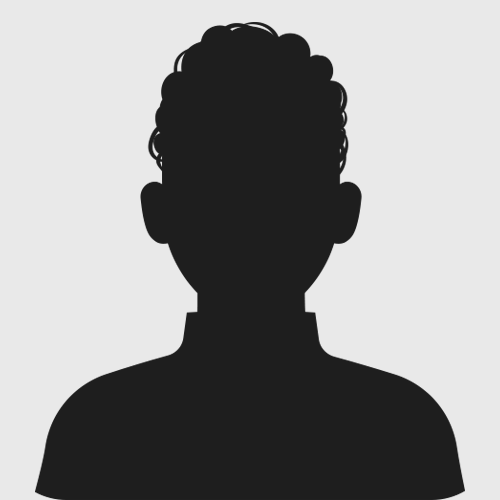Michael
External Engagement Lead, The Open University
Key qualifications: B.Sc., M.Sc, CSci, FBCS, MIScT.
What does your job involve? My role is fantastically varied. I'm the external and public engagement lead creating partnerships with industry, government and other organisations. I teach, research and also manage over 60 tutors. The Open University is fantastic, I get to work with great people in computing and all STEM subjects including space science!
How did you get into your current role? I studied computer science at university and originally wanted to apply computing to bio-molecular design. I've had a really varied career in industry, government, academia and security. I have had the privilege of working on super projects with fantastic people around the world, including the Olympic Games in London. I am at The Open University because I believe passionately in its social mission that creates opportunities for everyone.
What did you want to be when you were younger? I wanted to do two things: explore the world, particularly if it involved adventures in jungles, and secondly, be an astronaut.
What do you do outside work? I sail a yacht off-shore and have adventures with my family, I love the challenges that sailing brings to my life. I still have that dream to be an explorer that I had as a child. I play the saxophone and flute, I think that I make rather good sourdough bread, and always spend time with my friends, watching rugby at Twickenham.













